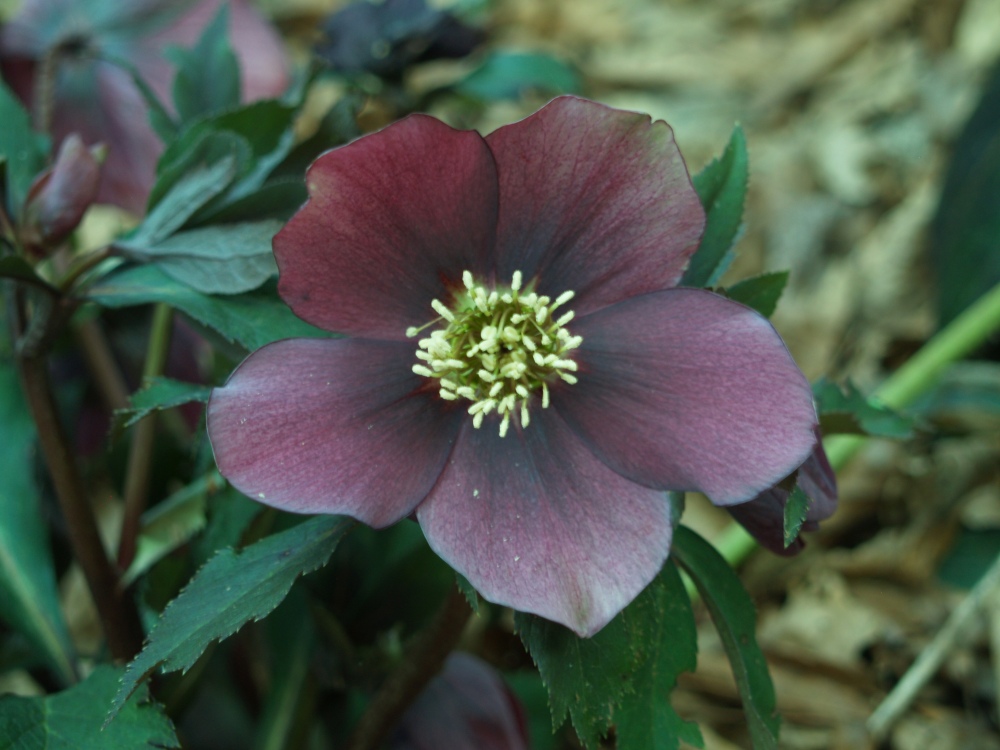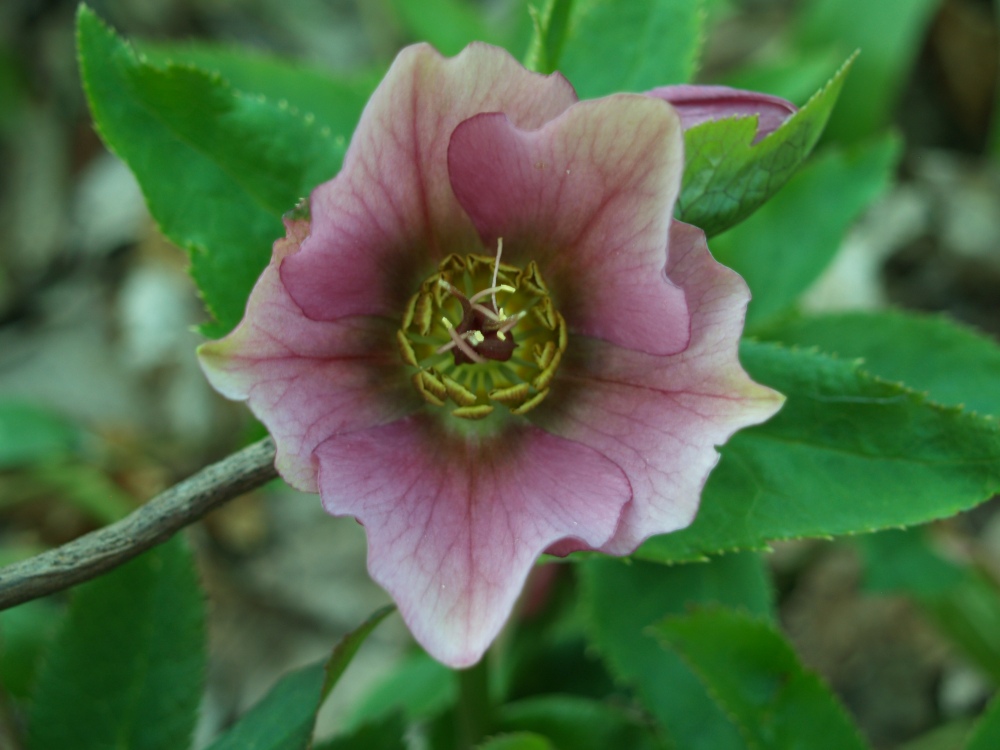A number of hellebore (Helleborus) seedlings are flowering in the garden for the first time, and I must say, none are exceptional. In fact, I’m not sure that they’re any good at all. Though the foliage is fine, the flower colors are unremarkable compared to the dozens of named varieties in the garden. A few older seedlings have blended in with long established plants so that they’re indistinguishable, but the new crop is more scattered and easily identified as ones that came from seed. I think most gardeners would have a difficult time chopping out a living, blooming plant, just because the flower isn’t great, and that’s certainly my thinking. So, home grown and good enough is a high enough standard for these to be keepers.

Hybridizers go through this process routinely, and I suspect that out of a group of dozens, or maybe hundreds of seedlings, they might eliminate all but a few as nothing special. Of course, this is when they’ve controlled the breeding to pollinate a specific plant with another, trying to blend the best traits. The breeding process in this garden is chaotic, and the uncontrolled results are only worthwhile for keeping because hellebores are one of few plants that will readily hybridize in a garden. These are my hybrids, for better or worse.

And, if I’m accepting of these mediocre seedlings, there are hundreds more younger plants that will flower in the next year or two. At some point I must put a stop to this, I realize, if only for the reason that there is not adequate space, even if, by chance, an excellent hellebore is found.

The garden’s large koi pond faces a similar dilemma. From nine tiny koi the pond’s population has grown to seventy five or a hundred and fifty. I don’t know because they refuse to line up to be counted, and when I try the mischievous little beasts swim in circles to confuse me even more. A year ago, dozens were moved to the four smaller ponds in the garden, but ten or twelve in each pond is all these can handle, and there’s little hope that there won’t be many dozens more koi later this spring. At some point, what to do? I’ll figure something, and it’s not so easy to dispose of a batch of koi hatchlings as it is to dump inferior hellebore seedlings into the compost pile.
I like the mediocre coloured one – the veins are interesting. Luckily hellebores are wonderful planted in the mass, providing you have room for them!
I agree, until I look at the cultivars developed by professionals. Then, they’e lacking, but I suspect they’ll be here as long as I’m around.
I had to laugh when I read your comment. I was so proud of some of my favorite seedlings and then held them up against a few of the newer named varieties…. not even close. I’ll also keep them of course, but I don’t have nearly enough space for this to go on forever!
I was disappointed with the sturdiness of several early hellebore hybrids, but ones introduced in recent years are as vigorous as any in the garden. And, the flowers are exceptional with stems that hold the blooms more upright.